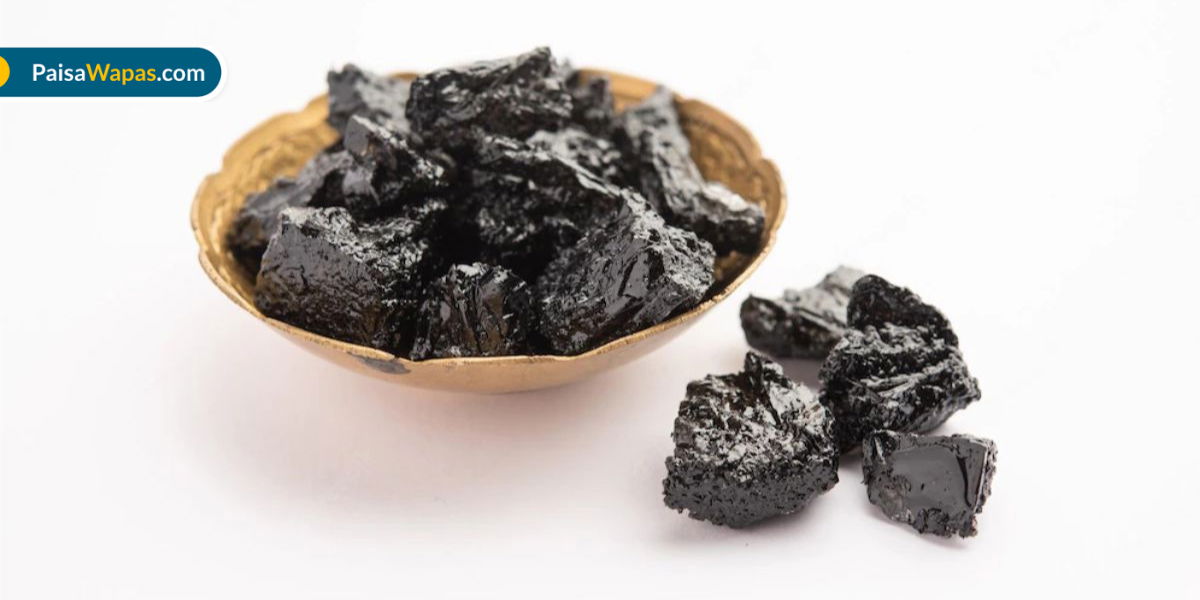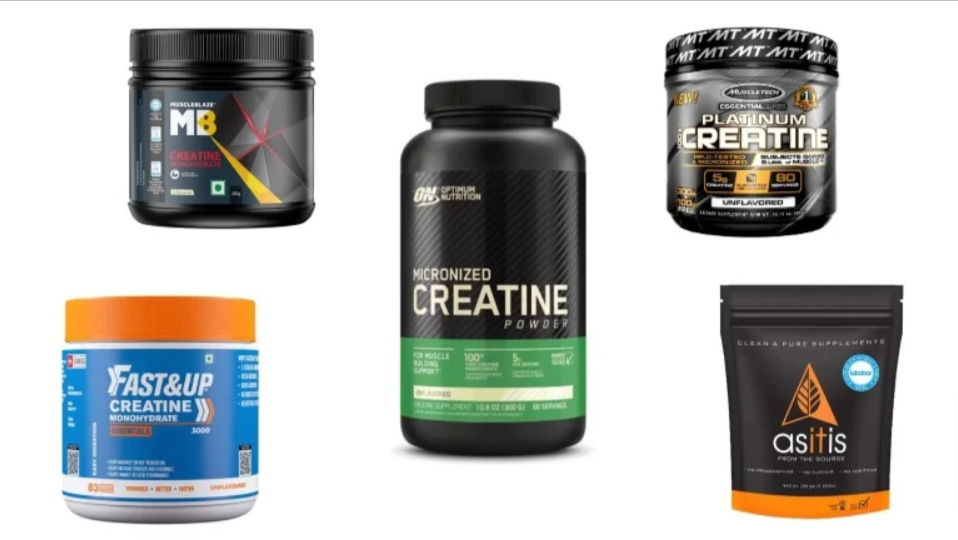What are the bumps on the backs of my child’s arms, and how can I get rid of them? It is a common question from parents. Keratosis Pilaris is the medical term for this rough, bumpy skin. It affects between 50 and 80 percent of teenagers, 40 percent of adults, and many younger kids as well. Know the Keratosis-Pilaris Treatment.
Although it isn’t medically damaging, it can nonetheless lead to concerns with body image, social challenges, and mental discomfort.
When Keratosis Pilaris is treated holistically, both the skin’s health and the body’s interior health are addressed.
What is Keratosis Pilaris?
The skin disease Keratosis Pilaris is characterized by microscopic pimples and rough, dry areas. It can appear everywhere that hair grows, but the upper arms are where it is most frequently seen. It frequently appears on the cheeks, buttocks, and thighs as well. Bump colors often range from white on light skin to grey on dark skin. Dead skin cells clog hair follicles and produce bumps.
On light skin, the healing lumps may turn red or purple, whereas, on dark skin, they may turn brown or black. The pimples typically don’t itch or hurt, but if the skin becomes too dry, they could. It’s not dangerous or communicable to have Keratosis Pilaris.
What Causes Keratosis Pilaris?
The exact causes of Keratosis Pilaris are unknown. There is a genetic component, though.
Clinically, integrative physicians have seen that vitamin deficiencies and gluten sensitivity are frequently linked to Keratosis Pilaris. It starts after immunization, as many parents have told me in my clinic.
Vitamin A insufficiency is the most significant nutritional deficit linked to keratosis Pilaris. A deficit of critical fatty acids and vitamin C may also be significant.
Inflammation and nutritional deficits, particularly vitamin A deficiency, can result from untreated gluten sensitivity or intolerance. One research found that immunization lowers vitamin A levels. To my knowledge, no additional research has been done on it.
Treatment For Keratosis Pilaris
The condition of Keratosis Pilaris is incurable. However, moisturizing creams or lotions could make your skin feel and look healthier. Many of them may be purchased without a prescription, but stronger varieties require one.
Integrative Treatment for chicken skin targets the cause, as opposed to conventional treatment, which just addresses the symptom. Symptoms often recur after stopping conventional therapy if it is taken alone.
Integrative medicine begins by treating the internal environment and ends with skin healing.
#1 Remove food sensitivities if present
Keratosis Pilaris is a sign that food sensitivities may be present. It can be assessed through elimination diets or through another testing. Food sensitivities can be difficult to navigate so it is best to work with an integrative doctor.
#2 Heal the gut
The gut can begin to recover once dietary sensitivities have been treated, if necessary. A healthy stomach improves nutrient absorption and lowers total body inflammation. Adding a probiotic and some bone broth to your diet can help heal your gut, or you may need more extensive therapy. Additionally, an anti-inflammatory diet is frequently advised.
#3 Nutrient supplementation
The most crucial factor is vitamin A intake, and I’ve seen keratosis Pilaris clear completely with only this one treatment. However, collagen powder, essential fatty acids, and vitamin C can also be beneficial.
Dermatologic Treatment for chicken skin
Exfoliating the skin and hydrating it are the two parts of dermatological therapy for Keratosis Pilaris.
Look for chemicals like lactic acid, urea, glycolic acid, and salicylic acid when shopping for exfoliating products. Young children may not benefit from using these chemical exfoliants, and some adults may develop adverse responses to them. Cleaning using a rough washcloth or scrub and/or dry brushing might be beneficial. A dermatologist can provide you with a customized strategy.
Keratosis Pilaris is frequently improved by two categories of products that are applied directly to the afflicted skin. Before you notice a change, you must use them every day for a few weeks.
- Topical exfoliants exfoliate dead skin cells from the surface of your skin. Alpha-hydroxy acid, lactic acid, salicylic acid, and urea are some examples of these lotions. Children under the age of six should not use acids since they may cause minor burning or redness.
- Topical retinoids, which are linked to vitamin A, aid in preventing hair follicle clogging. Products containing tretinoin (Atralin, Avita, Renova, and Retin-A) and Tazarotene are among them (Average, Tazorac). However, topical retinoids may itch your skin, make it red, or make it peel.
Topical retinoids should not be used by women who are breastfeeding, pregnant, or who could become pregnant.
Home remedies for Keratosis Pilaris
Keratosis Pilaris cannot be prevented or cured by self-help methods. However, they could enhance the condition of the skin that is afflicted. To determine whether a new product is right for you and won’t have an adverse effect, try it on a small patch of your afflicted skin—such as an arm—before using it more widely.
Simple actions can aid in maintaining the comfort of your skin:
- Avoid hard rubbing or scratching at the pimples on your skin.
- When taking a shower or bath, use warm water rather than hot.
- Keep water time to a minimum.
- Consider using soap with additional fat or oil.
- Apply rich moisturizers to the skin liberally.
- Use a humidifier to provide moisture to the air in your house.
- Avoid wearing tight clothing (friction can irritate your skin).
The use of mild soap and laundry detergent, warmer rather than hot showers, the use of a humidifier, and moisturizing bathing are all methods for maintaining the skin’s moisture and lowering general skin irritation.
Conclusion
The specialists we spoke to all agreed that a one-two punch of hydration and exfoliation is the best treatment for Keratosis Pilaris. According to Chiu, patients should generally search for products with active ingredients including exfoliants, lactic, glycolic, and salicylic acids, as well as urea, an emollient that dissolves keratin. On the topic of hydration, look for substances like hyaluronic acid (which helps the skin retain more moisture) and glycerin, a humectant that acts to boost the skin’s hydration.













Add Comment